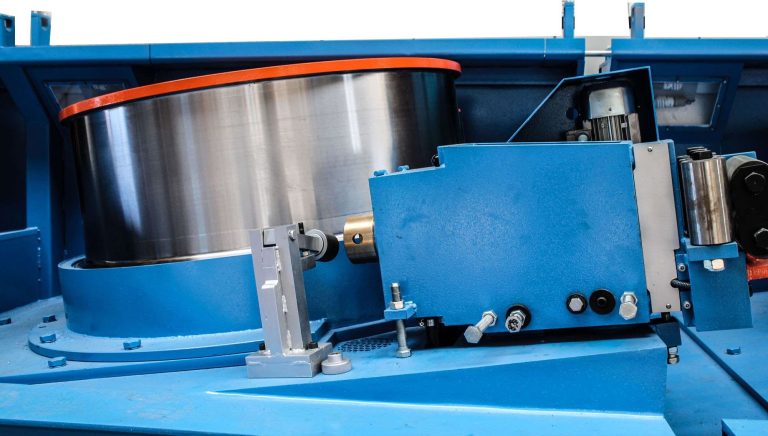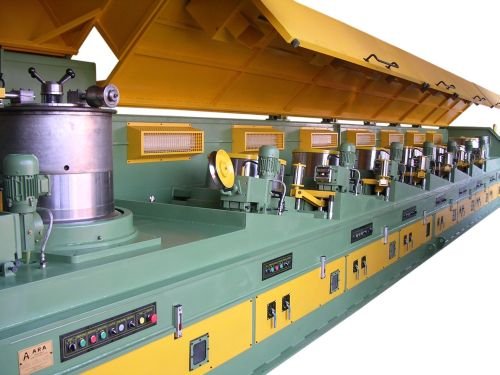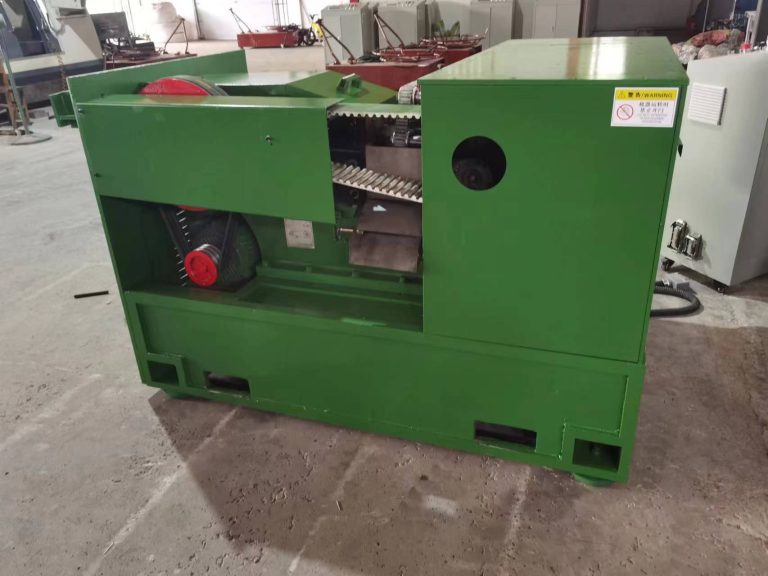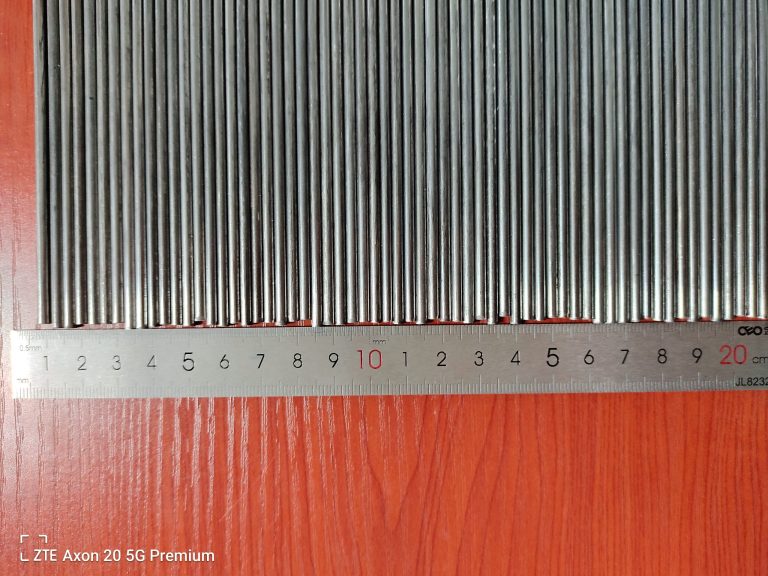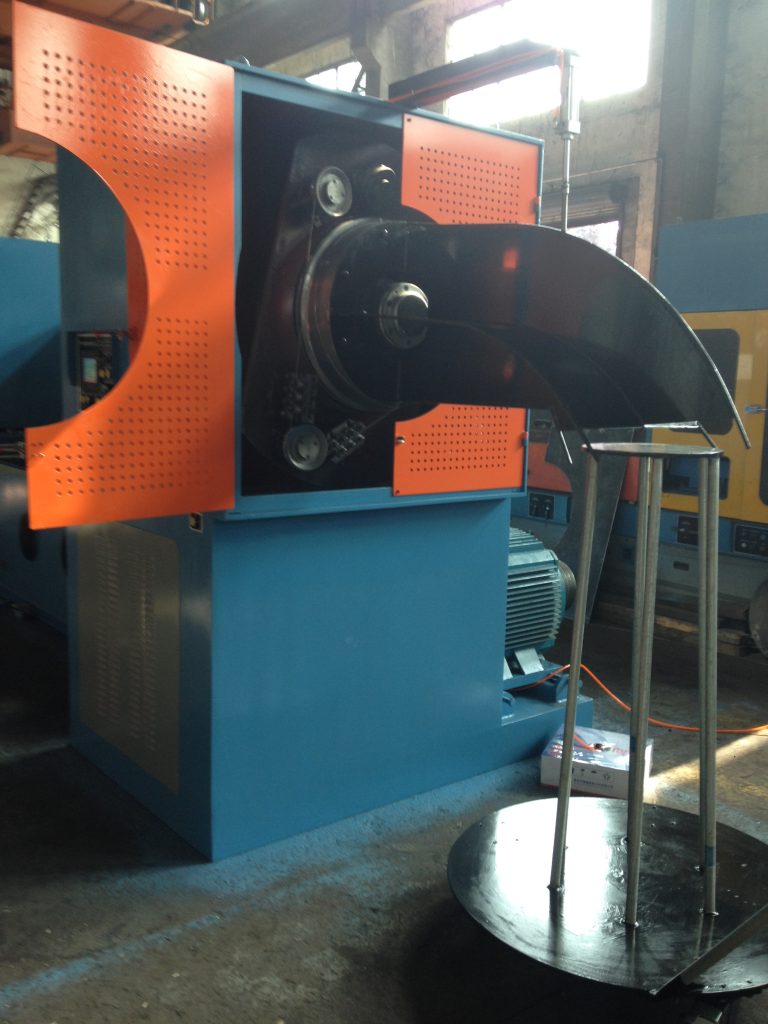The Horizontal Spooler in Wire Drawing Machine Process
Wire drawing is a process used to reduce the diameter of a wire by pulling it through a series of dies. This process is commonly used in industries such as automotive, construction, and electronics to produce wires of various sizes and shapes. One crucial component of the wire drawing process is the spooler, which is used to wind the drawn wire onto a spool for storage and transportation.
There are two main types of spoolers used in wire drawing machines: vertical spoolers and horizontal spoolers. While both types serve the same purpose, there are distinct advantages to using a horizontal spooler in the wire drawing process.

One of the primary benefits of using a horizontal spooler is its space-saving design. Horizontal spoolers are typically more compact than vertical spoolers, making them ideal for facilities with limited space. This can help improve the overall efficiency of the wire drawing process by allowing for more spoolers to be installed in a smaller area, increasing the production capacity of the machine.
Additionally, horizontal spoolers offer greater flexibility in terms of spool size and configuration. Unlike vertical spoolers, which are limited by the height of the machine, horizontal spoolers can accommodate a wider range of spool sizes and shapes. This versatility allows for greater customization in the wire drawing process, enabling manufacturers to produce wires of varying lengths and diameters to meet specific customer requirements.
Another advantage of using a horizontal spooler is its ease of operation and maintenance. Horizontal spoolers are typically easier to access and service than vertical spoolers, as they are located at ground level. This makes it easier for operators to load and unload spools, as well as perform routine maintenance tasks such as cleaning and lubricating the machine. Additionally, horizontal spoolers are less prone to mechanical issues such as jamming or misalignment, resulting in fewer downtime and increased productivity.
Furthermore, horizontal spoolers offer improved safety features compared to vertical spoolers. The horizontal orientation of the spooler reduces the risk of accidents such as spool falling or wire tangling, which can cause injury to operators and damage to the machine. Additionally, horizontal spoolers are equipped with safety guards and sensors to prevent unauthorized access and ensure the safe operation of the machine.
In conclusion, the use of a horizontal spooler in the wire drawing process offers numerous benefits that can improve the efficiency, flexibility, and safety of the machine. By choosing a horizontal spooler, manufacturers can maximize their production capacity, reduce downtime, and produce high-quality wires that meet the demands of their customers. With its space-saving design, ease of operation, and enhanced safety features, the horizontal spooler is an essential component of any wire drawing machine process.

